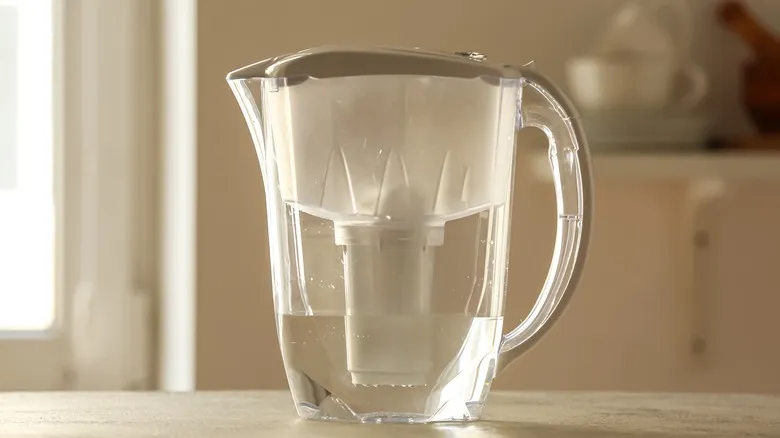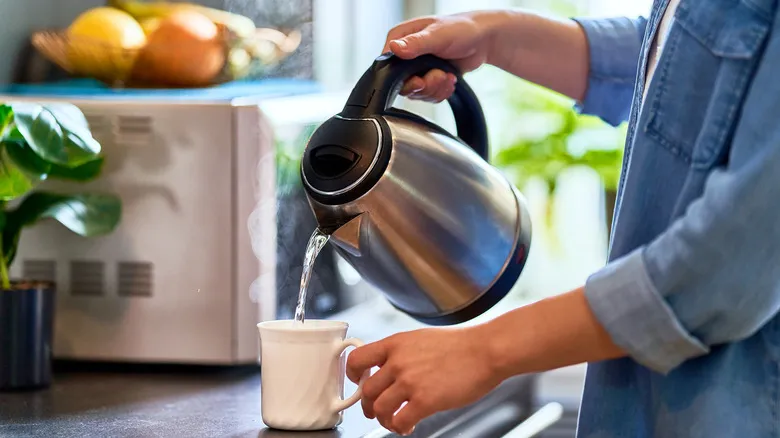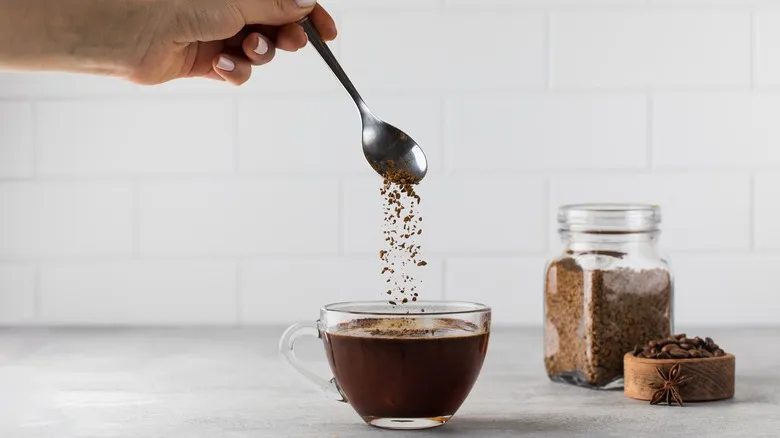Choose filtered water for the smoothest cup

If you've ever turned your nose up at a bag of instant coffee, doubting it could rival the flavor of a carefully crafted cup of drip or pour-over, you're not alone. For those with a refined palate or true coffee enthusiasts, instant coffee may never fully replicate those brewing methods. However, instant coffee can still be enjoyable and satisfying, potentially matching the pleasure of whole-bean brews.
To enhance your instant coffee experience, the key is to select your water carefully. If you're using city tap water, consider opting for filtered water—whether from a gallon jug or your home purifier—to minimize plastic waste. Keep in mind that filtering doesn't eliminate all impurities, so ensure your water source is clean and safe. This can greatly improve the flavor of your coffee by removing unseen substances that might affect its taste. Certain minerals found in tap and well water, such as aluminum and copper, can give the water a metallic or slightly acidic taste. When mixed with instant coffee, this can lead to a harsh or sour brew.
If you're traveling and lack access to a kettle of fresh water, don't hesitate to ask your hotel or a barista at the airport for a cup of hot water. Just stir in your coffee packet, and you're all set!
Use hot water always, but never from the microwave

Instant coffee differs from whole beans or ground coffee because it undergoes additional processing to create a substance that dissolves easily in water. The process begins with brewing a standard cup of coffee, which is then concentrated into a thick liquid and transformed into a powder through either spray-drying or freeze-drying methods. This allows instant coffee to be quickly mixed with hot water, dissolving in just moments.
To prepare it, use filtered water that is low in minerals, and ensure the water is hot. A kettle is the best choice for heating. While hot water is ideal, pouring boiling water directly into your mug can result in scorched and bitter coffee, which is not the best way to start your day. Avoid using a microwave, as it makes it difficult to control the temperature, and the water can easily become excessively hot. The optimal temperature range is between 190 and 205 degrees Fahrenheit, just below boiling. Once you pour the water and stir, you can enjoy your instant coffee with your favorite creamer or add-ins—no waiting required! Cheers to that!
Recommended

Do You Really Need A Whiskey Decanter?

What Proof Is Jack Daniel's Whiskey?

The Fruity British Cocktail Made For Ginger Ale Lovers

The Italian Liqueur You Can Get For A Steal At Trader Joe's
Next up

